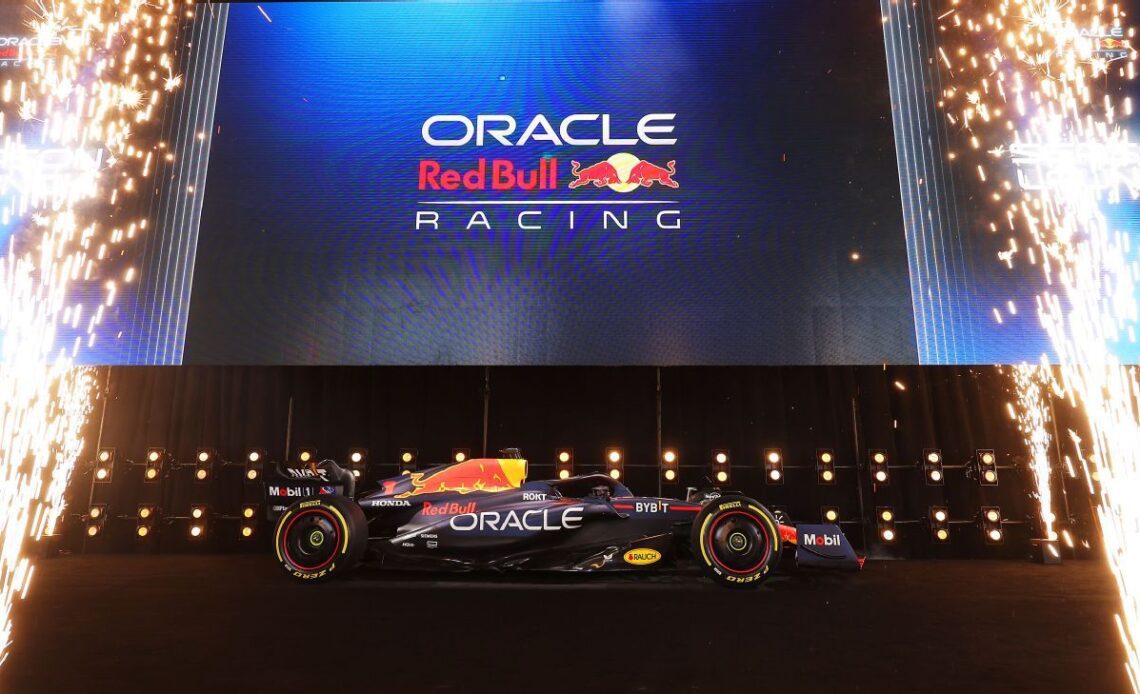NEW YORK — Five years ago, all of this seemed impossible. Formula One broadcasts were just returning to ESPN airwaves, Netflix’s “Drive to Survive” series was still a year away from premiering, and the sport’s popularity in the U.S. showed few signs of emerging from a decades-long slumber.
There was a four-year period when the only stop the series made in North America was Montreal. The introduction of the Circuit of the Americas in Austin in 2012 promised much, but attendances quickly declined following the early excitement.
Now, as the aftershocks subside following the news that Ford has entered into a strategic partnership with Red Bull to to develop power units ahead of the 2026 season, enthusiasm for F1 in America may as well be fueled by the energy drink funding the team.
Austin holds the sport’s three-day attendance record at 440,000, set in October. There are now two other races in the U.S., in Miami and Las Vegas, and a fifth continental stop in Mexico City. Heck, Ford is only the second American automaker to announce its intentions to join F1 in the past month.
– Watch Formula One all season long on ESPN
The first was General Motors, whose Cadillac brand announced in the early days of the new year that it would partner with Andretti Autosport to field an “all-American” team beginning in 2026 at the earliest.
That news prompted pushback from within the paddock, though. A senior team figure told Reuters last month that a “strong majority” of the teams were against expanding the grid and diluting the share of revenues.
“It’s all about money,” Andretti told Forbes shortly after F1 teams’ lukewarm reception to his statement of intent. “First, they think they are going to get diluted one-tenth of their prize money, but they also get very greedy thinking we will take all the American sponsors as well.
“It’s all about greed and looking at themselves and not looking at what is best for the overall growth of the series.”
There’s some truth in that.
Should the teams’ split of revenues determine whether the grid is expanded beyond its current 20 cars? The franchise model of American stick-and-ball sports that F1 is seemingly keen on adopting would dictate that, yes, existing teams should have a sizable say in who is and isn’t allowed to join. But a look back at decades gone by, when grids routinely flirted with (and occasionally surpassed) the 30-car mark, suggests that existing teams shouldn’t be the arbiters of who’s worthy of joining the…
Click Here to Read the Full Original Article at www.espn.com – RPM…

